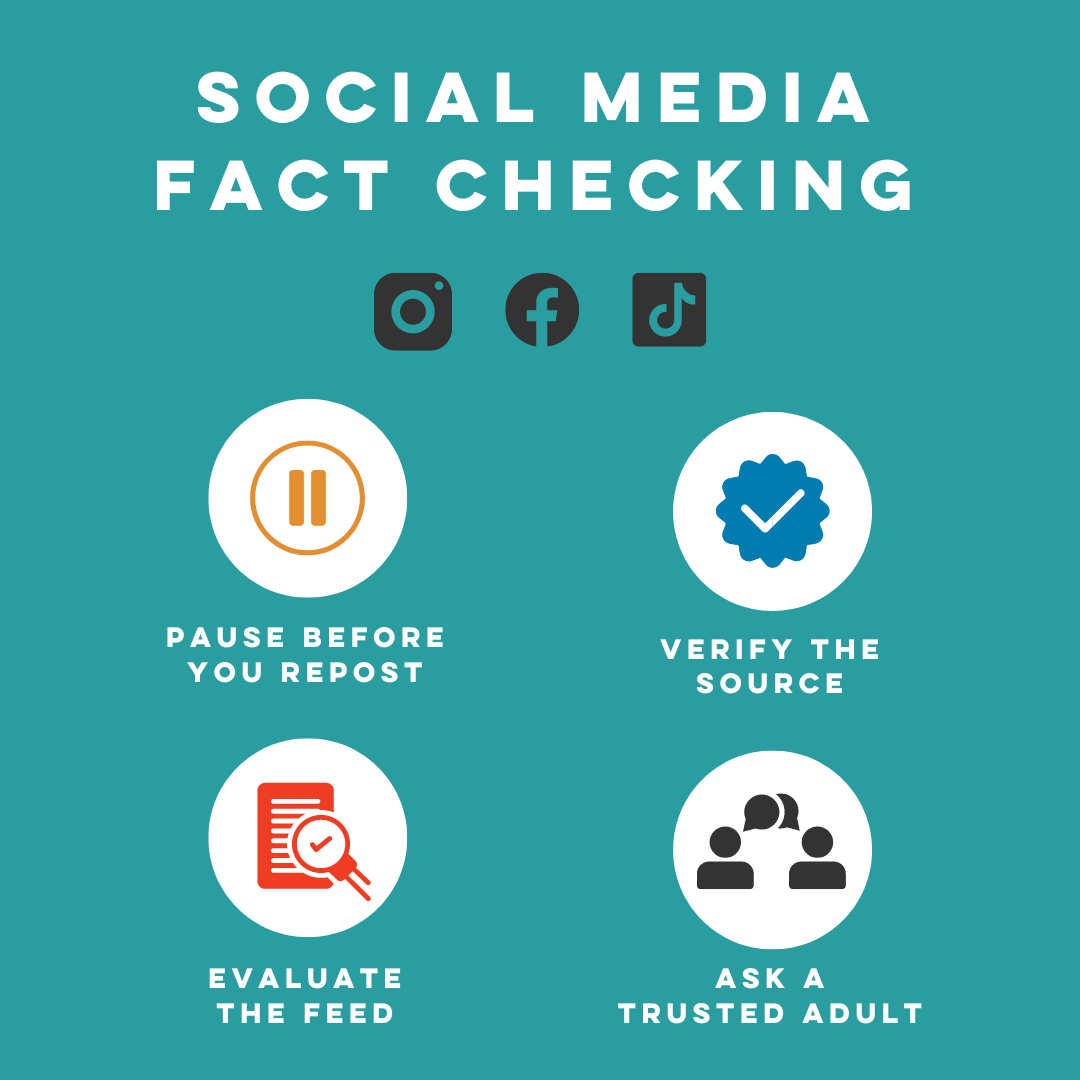Fight Misinformation: Tips & Tools To Spot Fake News
Can we truly trust what we read online? In an era dominated by instant information, discerning fact from fiction has become more critical than ever.
The digital landscape has irrevocably altered the way we consume information. The proliferation of data, the speed at which claims circulate globally, and the sheer volume of content available pose unprecedented challenges to our ability to discern truth from falsehood. This environment, often referred to as the "digital age," has fostered an environment ripe for misinformation and fake news. Platforms like social media have democratized content creation, empowering individuals to share their thoughts and opinions with a global audience. However, this unprecedented power comes with a significant responsibility: the need to ensure the accuracy and veracity of the information being disseminated.
To better understand the individuals and organizations involved in combating misinformation, let's examine the work of those dedicated to providing accurate information. The table below provides a snapshot of key figures and their contributions:
| Category | Details |
|---|---|
| Organizations |
|
| Focus |
|
| Methods |
|
| Examples |
|
| Key Challenges |
|
| Goal |
|
Source: Wikipedia - Misinformation
The very nature of the internet has contributed to this problem. The open architecture of the web, while fostering unprecedented access to information, has also facilitated the spread of unverified content. Anyone with an internet connection can publish their views, regardless of their credibility or the accuracy of their information. The result is a vast and often chaotic information ecosystem where distinguishing reliable sources from unreliable ones can be a daunting task. The situation is further complicated by the rise of sophisticated disinformation campaigns, often designed to mislead and manipulate public opinion.
One of the central tenets of responsible information consumption is the careful examination of sources. Responsible journalists and fact-checkers always document their sources. This practice enables readers to independently verify the information and form their own conclusions. A critical approach to sources involves assessing the credibility of the source, considering potential biases, and comparing information with other reliable sources. The age of misinformation demands a more critical and vigilant approach.
Many organizations are dedicated to providing tools and resources to combat misinformation. These entities often monitor the factual accuracy of information, identify questionable sources, and offer ways to assess media bias. Some also offer search features or databases to help users verify information and understand the perspectives of various media outlets. The goal is to empower individuals to navigate the complex information landscape with greater confidence and discernment. The efforts include the development of tools that detect claims within content and suggest accurate information for improvement, using AI.
The digital age has brought new challenges. Simple messages were more effective. However, in the face of such challenges, the ability to distinguish truth from fiction is crucial for informed decision-making and active participation in society. Fact-checking initiatives, often run by non-profit organizations, play a crucial role in debunking false claims and providing reliable information to the public. Moreover, the development of platforms that can verify claims and debunk hoaxes has become essential in countering the spread of misinformation. The EU, for example, has implemented the Action Plan against Disinformation, which aims to regulate the news media content to counter disinformation. Facebook has also initiated moves to combat viral claims.
The work of those organizations and platforms is vital, the fight against misinformation is a shared responsibility. Media consumers must develop critical thinking skills, learn to assess the reliability of sources, and be wary of information that seems too good to be true. They should use the search feature to check the bias of any source and verify information from multiple sources. By understanding the landscape of misinformation and developing the skills needed to navigate it, we can collectively work towards a more informed and discerning public. The key is to embrace a critical approach to information and actively participate in the pursuit of truth.
The pervasive nature of misinformation requires a concerted effort from multiple stakeholders. Education plays a crucial role in equipping individuals with the skills needed to critically evaluate information. Media literacy programs teach people how to identify bias, evaluate sources, and understand the techniques used to spread misinformation. Digital literacy also empowers users to navigate the online world safely and responsibly. Platforms like desifakes.in are valuable tools. They verify claims and provide accurate information, providing crucial aid for understanding.
Navigating the digital age requires a vigilant and critical approach to information consumption. The proliferation of misinformation demands that we actively seek out reliable sources, verify information, and question claims that lack credible evidence. By promoting media literacy, supporting fact-checking initiatives, and fostering a culture of critical thinking, we can collectively work towards a more informed and resilient society. The effort to combat the spread of misinformation is not just a battle against false claims, but a defense of truth and a commitment to an informed citizenry.
- Hyungrys Debut Unpacking Temporary Replacement Episode 3
- Subhashree Sahu Bathroom Video Controversy Privacy Concerns

Qué es el Fact Checking, cómo se realiza y por qué es tan importante

6 Key Chapters to Master Fact Checking A Powerful Tool for Truth

Fact checking and verification tools and practices